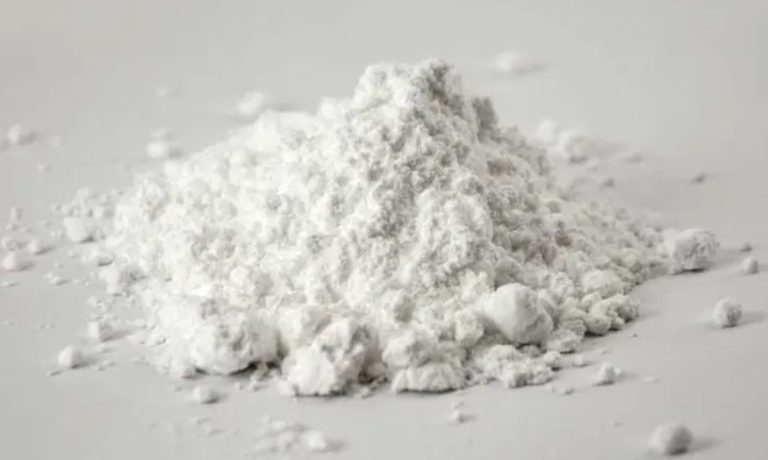They cannot be seen with the naked eye and are nevertheless widespread: nanoparticles such as titanium dioxide. We explain why you should avoid the substance.
Titanium Dioxide – a widely used whitening agent

Titanium dioxide (also: titanium(IV) oxide) is a color pigment that is intended to optically enhance industrially produced food and other products. It is one of the three titanium oxides. You can recognize the additive on food packaging under the number E 171, in cosmetics it is listed under the designation CI 77891. Around 6.5 million tons of the additive were produced in 2013 alone. Despite its widespread use, titanium dioxide is not always harmless to health.
What products contain titanium dioxide?
Titanium dioxide is widely used in industry. The chemically produced pigment is well suited to brightening products or giving them a fresh shine.
You can find titanium dioxide as an additive in these products, among others:
paint and varnishes
plastic
adhesive
rubber
bleached paper
The chemical is also used to “beautify” food and cosmetics. Approximately in:
Mozzarella
Baking mixes & ready-made desserts
instant soups
chewing gum
Marshmallows
fondant
toothpaste
suncream
body and hair care products
Titanium dioxide is also used to bleach tablets.
Why you should avoid titanium dioxide
Several studies cast doubt on the harmlessness of titanium oxide. For example, a large-scale study at the University of Zurich from 2017. The study suspected that titanium dioxide could increase or even promote intestinal inflammation.
The problem: Titanium dioxide is often added in the form of tiny particles, so-called nanoparticles. These are often included in sunscreen, for example. According to gastroenterologist Gerhard Rogler from the University of Zurich, if the particles are less than 100 nanometers in size, they can penetrate cells. According to the study, the substances should also accumulate there and cause inflammation. The researchers at the University of Zurich therefore recommend that people with intestinal diseases in particular avoid foods with titanium dioxide.
Furthermore, it is feared that inhaling titanium dioxide particles can be carcinogenic. According to the Federal Institute for Risk Assessment (BfR), the EU Commission has decided to classify titanium dioxide as a hazardous substance with the note “probably carcinogenic by inhalation”. The risk mainly affects cosmetic sprays, aerosols and powders and not products that contain the whitening agent in solid form.
Due to the uncertain facts, France was the first European country to enforce a ban on titanium dioxide in food at the beginning of last year. The Netherlands also want to follow. In Germany, however, such a ban does not yet exist.
No ban on titanium dioxide in Europe yet

France’s ban on titanium dioxide is based on the French Agency for Food Safety (ANSES), which concludes that there is insufficient scientific evidence to show that the substance is safe. As long as it is not absolutely clear that titanium oxide does not pose a risk, it will be banned in our neighboring country.
In Germany, people tend to follow the recommendations of the European Food Safety Authority (EFSA). From there it was said in May 2021 in an updated assessment that titanium dioxide “can no longer be considered safe as a food additive”. The authorities could not find conclusive evidence of a toxic effect, but a harmful effect cannot be ruled out. So more research is needed.
By the way: Dr. Oetker has not used titanium dioxide in its products since April 2020 after foodwatch launched a protest campaign signed by around 40,000 people.
Overall, it’s arguably safer to avoid the substance. It’s not that complicated: Just look for titanium dioxide/titanium oxide or the numbers E 171 and CI 77891 when shopping.

